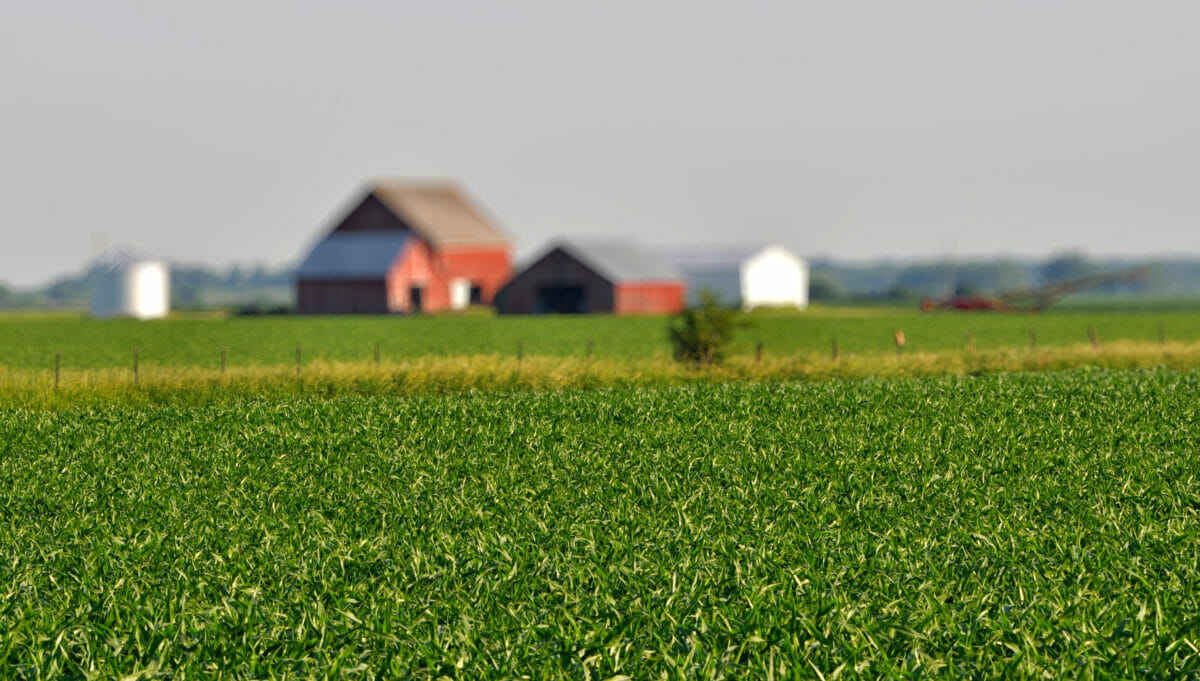According to a new USDA report, producers will grapple with profitability as supply costs continue to rise and COVID-19 subsidies dwindle this year.

The 2022 Farm Sector Income report, released last week, forecasts a $20-billion increase in farm production expenses and a $15.5-billion decrease in federal subsidies. For a lot of farmers, many of whom have relied on pandemic-related grants over the past two years, that’s not very good news.
The forecast, published on Feb. 4 by the USDA and the Economic Research Service as a measure of the industry’s profitability, predicts an overall net farm income decrease of $5.4 billion, totaling $113.7 billion in 2022, down from $119.1 billion in 2021.
Despite the decrease, this year’s net farm income (a broad measure of profits) maintains a pattern of comparatively high dollar amounts, and if the forecast comes to fruition, 2021 and 2022 will set the record for the two highest-grossing years since the $123.7-billion record in 2013. Between the years 2012 and 2020, the average net farm income sat around $90 million, according to Successful Farming.
Compounding the issue of profitability, farming supplies are getting more expensive. According to the report, “nearly all categories of expenses” are expected to rise this year. Total production expenses are expected to rise five percent, adding up to $411.6 billion. Owing to ongoing supply chain issues, the cost of fertilizer is expected to rise by 12 percent, whereas livestock feed is forecasted to be six percent more expensive in 2022.
[RELATED: Supply Chain Crunches Are Affecting Every Corner of Agriculture]
All of this comes during a year where federal subsidies and disaster aid related to the COVID-19 pandemic are drying up. Farmers will see a 57-percent decrease in government-to-farm payments, for a total of $11.7 billion this year. COVID-19-specific aid makes up only $3.4 billion of the total direct government farm payments this year, a stark contrast to the $23.5 billion in 2020 and $7.8 billion in 2021 allotted for producers.
According to the report, “both increasing prices and quantities sold are expected to have positive effects on cash receipts.” The cash receipts, or gross income from sales of crops, livestock and livestock products during a calendar year, are projected to rise nearly nine percent overall this year.
Of the increases, milk sales are poised to lead the pack with a $9.3-billion (or 22.1-percent) increase, according to the USDA report. An 8.5-percent increase in cattle and calf sales and a 12.3-percent rise in broiler chicken sales are also expected.